Okay, so here’s the situation: You finally managed to organize a group of friends to go out for drinks, and you’ve decided to try a new place with a large number of beers on tap (not going to name any names here). You arrive, and begin to peruse the menu, and there it is; that feeling of paralysis. There’s just too many choices, and you’re not sure what you’ll like. You don’t want to spend your hard earned cash on a beer that doesn’t add up.
Well, here’s some good news about your situation. Contrary to popular belief, craft beer is not snobby. If you’ve thought about bringing pretentiousness to the party you can leave it at home. The truth is, we love to talk about beer. And most people who enjoy craft beer love to talk about it too. All you really need is a starting point. Maybe it’s a beer you like, or a flavor you tasted that one time when you had that beer at your buddy’s BBQ. If you’re telling somebody who knows the beer selection well, chances are they can give you a few options that you’ll love.
The other great thing is that these days there are more and more options of different beers from different breweries, and they are almost all pushing the envelope on style. Basically, there’s never been a wider variety of high quality craft beer than there is right now.
It’ll help however to have a few terms handy, so let’s do a super quick fly by on brewing and beer classifications. Brewers are adding all kinds of crazy ingredients into some beers these days, but in it’s simplest form, there are four main ingredients in beer: water, yeast, grain, and hops. Different beers use different grains, and although barley is most widely used (most ales), wheat (think Hefeweizen and Witbier), and rye are also common. These grains are soaked in water and roasted, making sugars in the grain available. This is important because the yeast is going to be hungry, and it’s going to eat some of the sugars, producing both alcohol and carbonation, and also leaving some uneaten sugars that provide sweetness in the beer. I’ve heard it described as “yeast eats barley, farts beer.” Not the most eloquent description, but not all that inaccurate either.
Speaking of yeast, there are three main types:
- Top Fermenting Yeast—Used for ales and ferment at higher temperatures.
- Bottom Fermenting Yeast—Used for Lagers and Pilseners and ferment at lower temperatures.
- Wild Yeast—Yeast and Bacteria present in the environment used for Belgians, Sours, and Lambics.
Lastly, but certainly not least, we have hops. Although historically used as much for a preservative as an agent*, the modern use of hops is all about flavor and aroma. Hops are added during the brewing process, adding bitterness to the beer and providing a counterpoint to the sweetness from the grains. Hops can also be added afterwards directly into fermenters in a process called dry hopping, which adds a strong hop flavor and aroma, while adding less bitterness to the beer.
We hope this gives you a general understanding of different beers. And remember, if you have any questions, want to compare and contrast some different styles, or just want to talk beer, come see us at the Shop!
*The popular IPA style which stands for ‘India Pale Ale’ are the hoppiest beers out there. This style was originally hopped so much so that the beer could make the trip by boat from Britain to India and not go bad along the way.

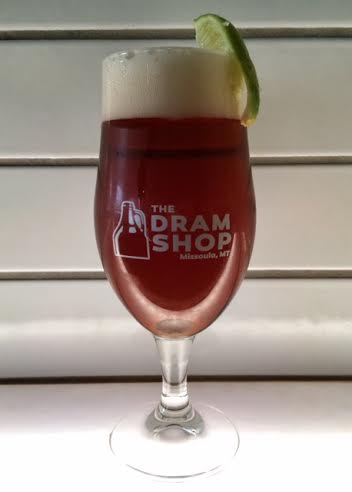



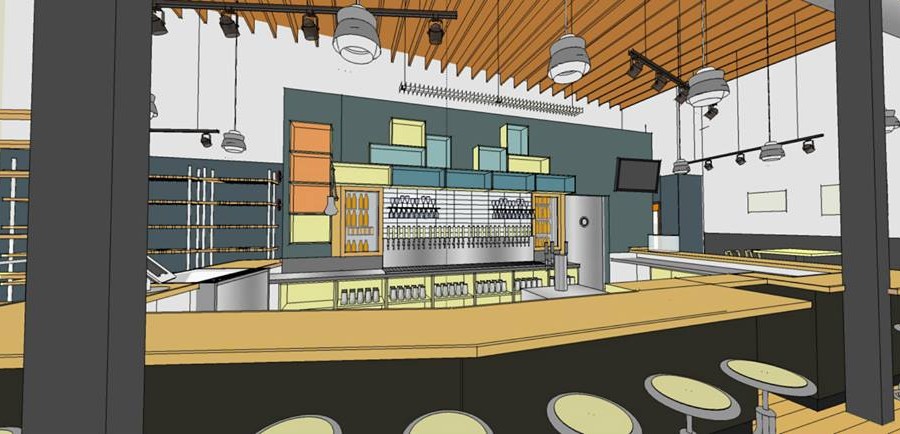
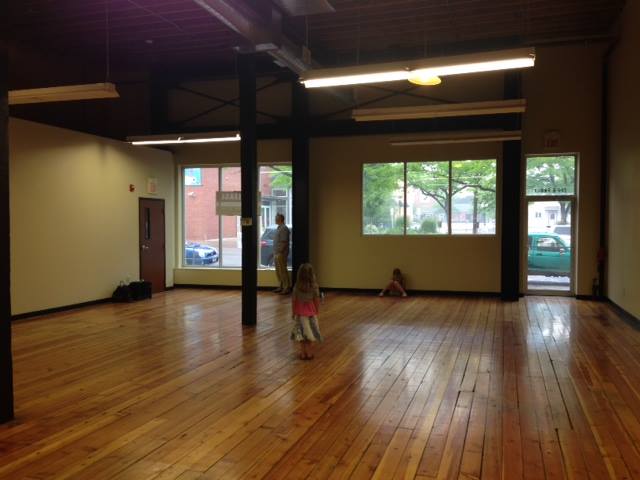
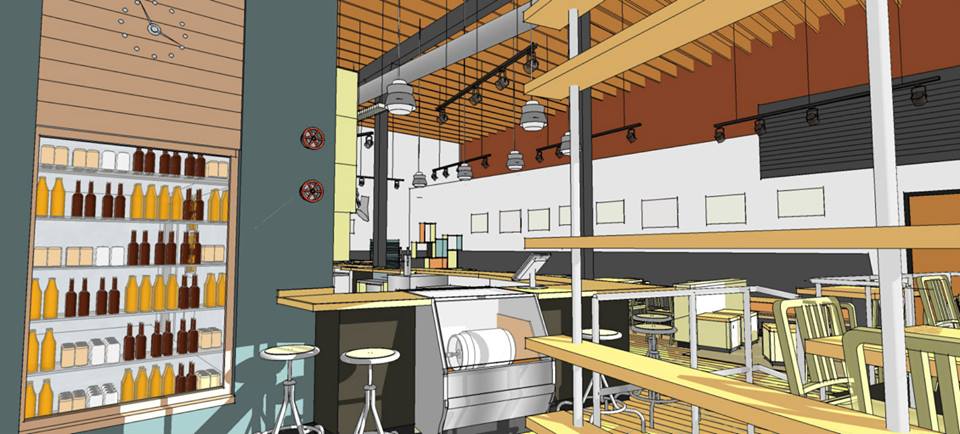
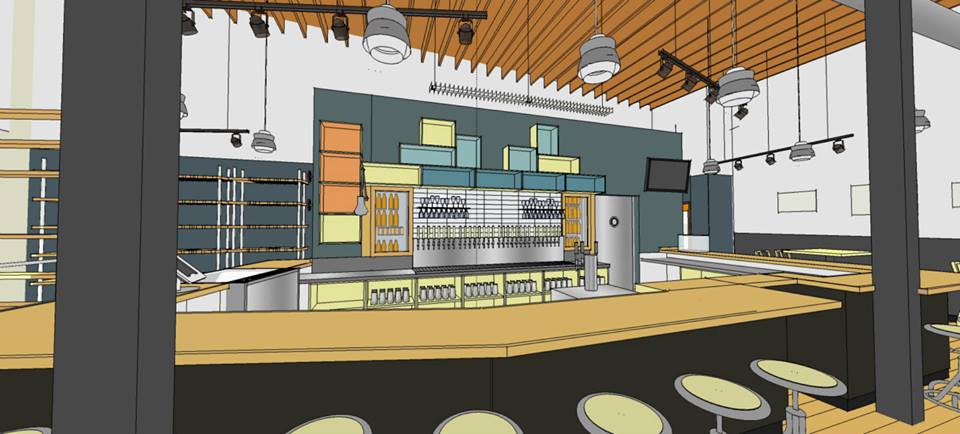
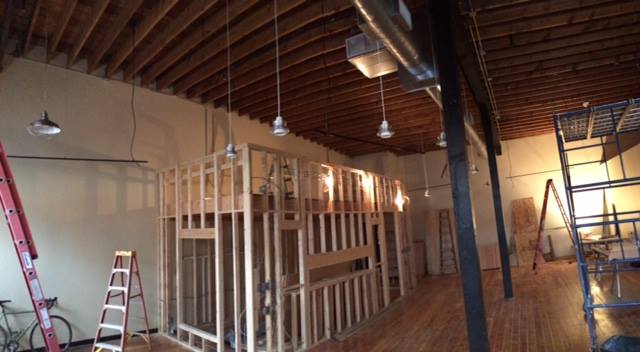

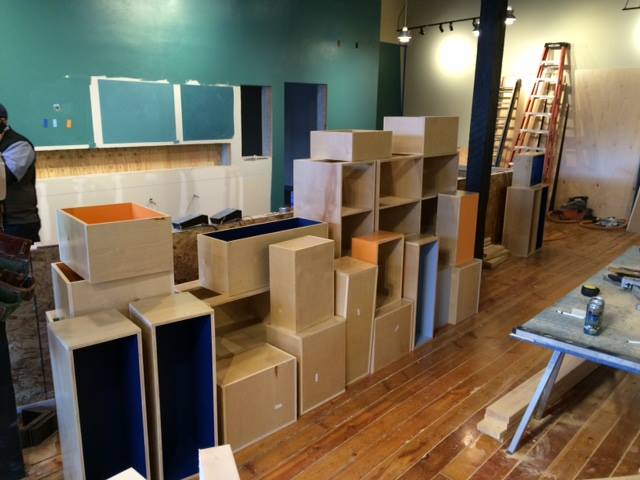
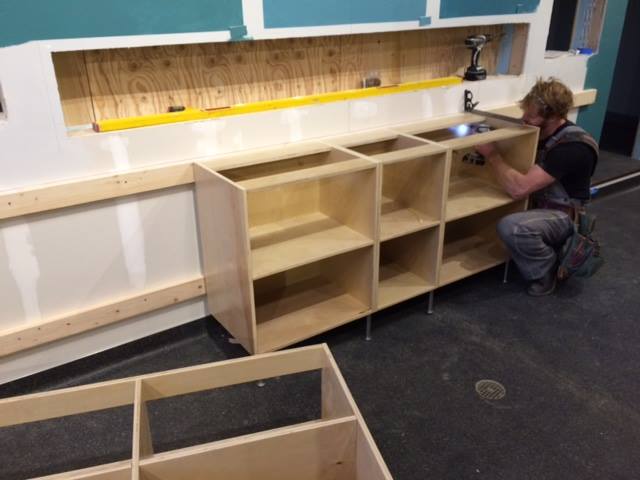
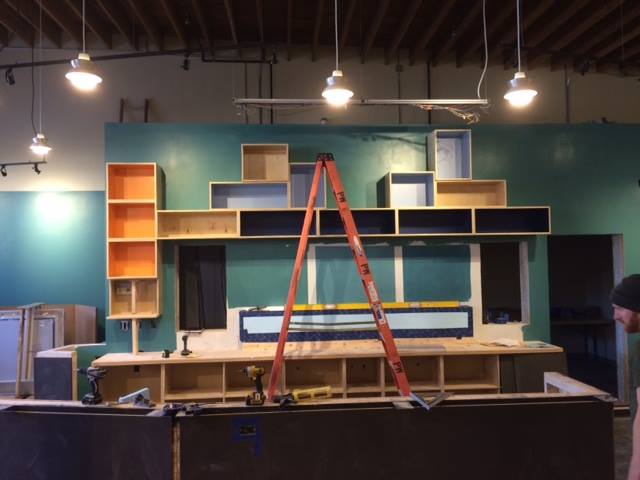
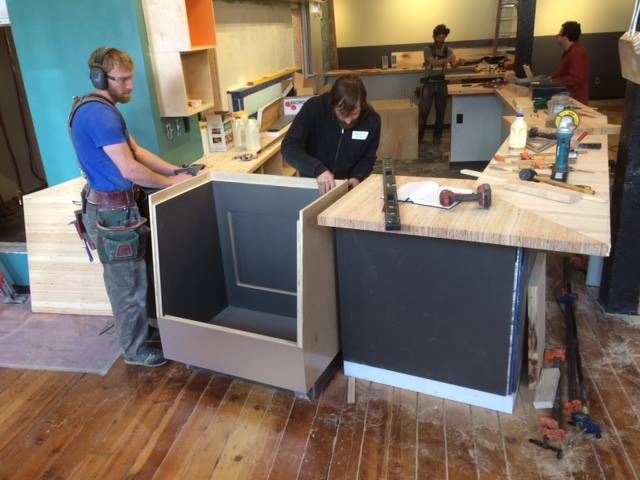
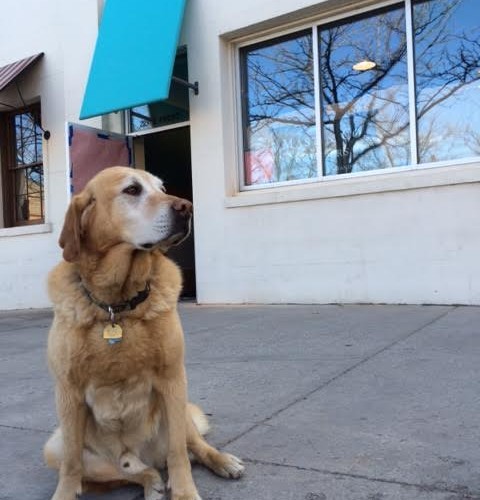
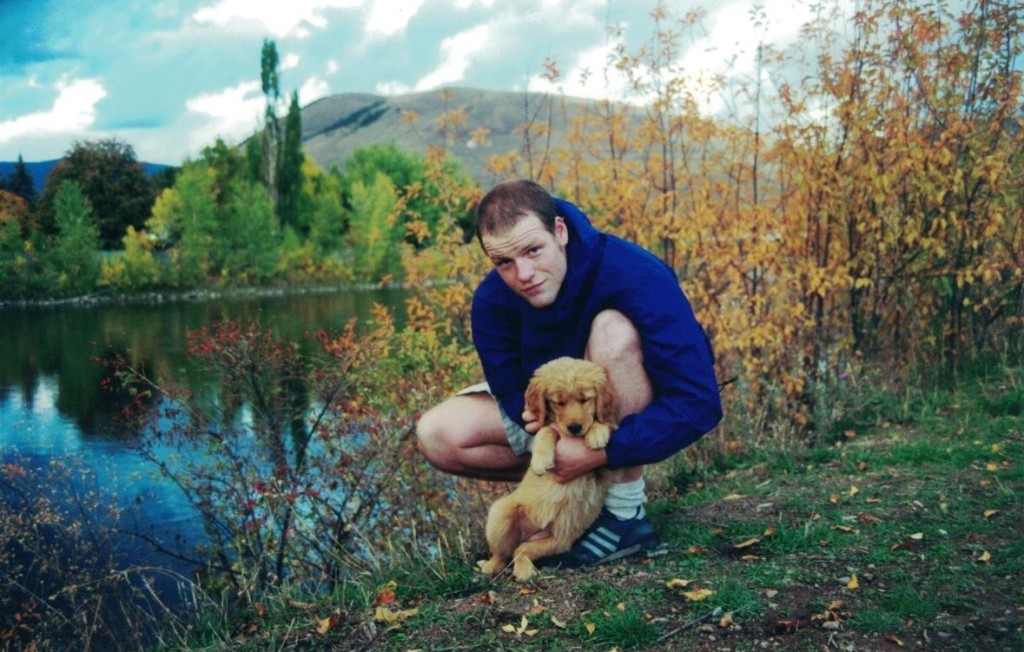

Recent Comments